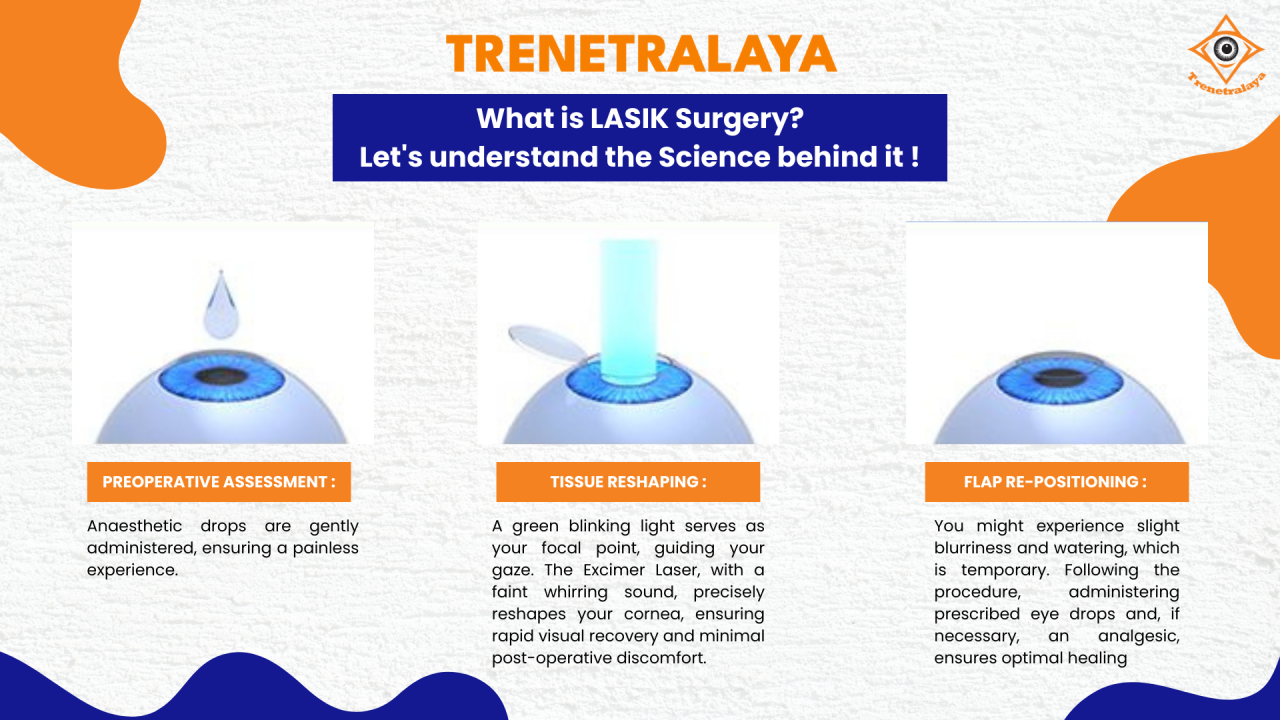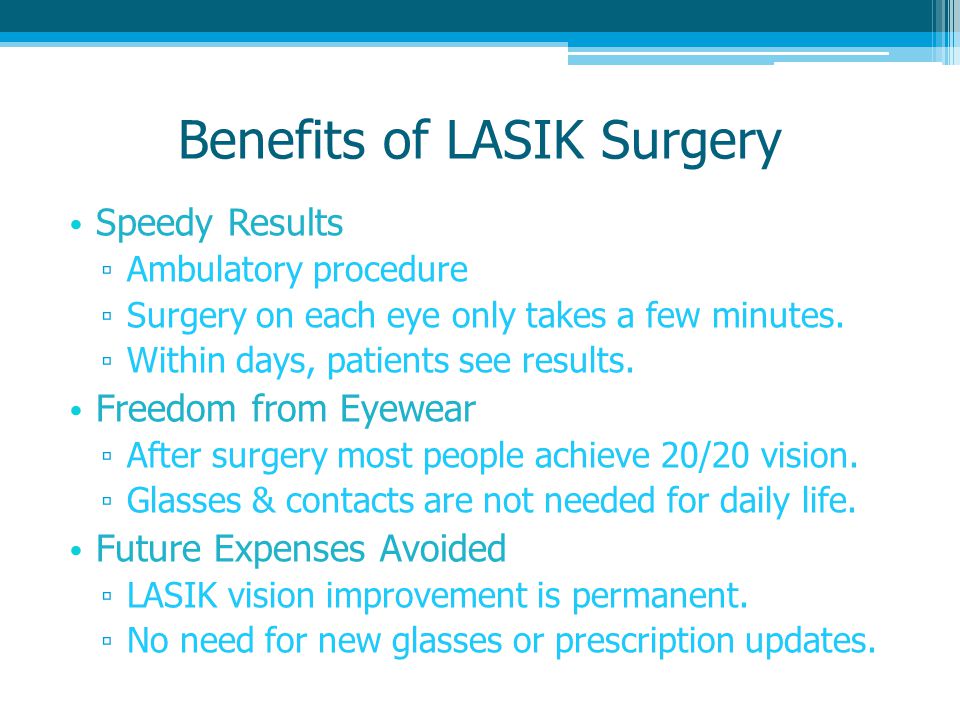Navigating Clarity: The Importance of LASIK Safety Measures
In the realm of vision correction, LASIK stands as a transformative procedure that grants individuals the gift of clear vision. While the benefits are substantial, ensuring LASIK safety measures is paramount. This article explores the key safety considerations associated with LASIK and how advancements in technology contribute to a safer and more reliable experience.
Understanding LASIK: A Brief Overview
LASIK, or Laser-Assisted In Situ Keratomileusis, is a popular refractive surgery that corrects vision issues by reshaping the cornea. It has become a widely embraced solution for those seeking freedom from glasses or contact lenses. However, like any surgical procedure, ensuring safety is a crucial aspect of LASIK.
Pre-Operative Evaluations: The Foundation of Safety
LASIK safety begins with comprehensive pre-operative evaluations. Thorough assessments of the patient’s eye health, vision prescription, corneal thickness, and overall medical history are conducted. This meticulous examination helps identify any potential risks or contraindications, ensuring that LASIK is a suitable and safe option for the individual.
State-of-the-Art Technology: Advancing Safety Protocols
Technological advancements have played a pivotal role in enhancing LASIK safety. State-of-the-art diagnostic tools, such as corneal topography and wavefront technology, enable surgeons to obtain detailed and accurate measurements. This precision not only improves the effectiveness of LASIK but also contributes to minimizing risks and complications.
Patient Education: Empowering Informed Decisions
Ensuring LASIK safety extends beyond the operating room. Patient education is a fundamental component of the safety measures. Surgeons take the time to thoroughly explain the procedure, potential risks, and post-operative care. Informed patients are better equipped to make decisions aligned with their individual health and lifestyle.
Qualified Surgeons: The Cornerstone of Safety
The expertise of the surgeon performing LASIK is paramount to safety. Qualified and experienced LASIK surgeons adhere to strict safety protocols and guidelines. Their skill and knowledge contribute significantly to the success of the procedure and the well-being of the patient. Patients are encouraged to choose surgeons with a proven track record in LASIK.
Customization for Safety: Tailored Treatment Plans
LASIK safety is further enhanced by the customization of treatment plans. Each individual’s eyes are unique, and a one-size-fits-all approach is not appropriate. Customized LASIK, often guided by wavefront technology, allows surgeons to tailor the procedure to the specific characteristics of each patient’s eyes, optimizing safety and outcomes.
Intraoperative Safety Measures: Minimizing Risks During the Procedure
During the LASIK procedure, several safety measures are in place to minimize risks. Advanced laser systems are equipped with real-time tracking technology that adjusts for any involuntary eye movements. This ensures precise and accurate corneal reshaping, reducing the likelihood of complications.
Post-Operative Care: Ensuring a Smooth Recovery
LASIK safety considerations extend into the post-operative period. Patients receive detailed instructions on post-operative care, including the use of prescribed medications and eye drops. Regular follow-up appointments allow surgeons to monitor the healing process and address any concerns promptly, contributing to a smooth recovery.
LASIK Safety Measures Resource: Your Guide to Informed Choices
For those considering LASIK, it’s essential to access reliable information on safety measures. A comprehensive resource on LASIK safety measures is available at health-sourcing.com. This platform offers insights, articles, and expert guidance, empowering individuals to make informed choices about their vision correction journey.
In conclusion, LASIK safety measures are multi-faceted, encompassing pre-operative evaluations, advanced technology, patient education, qualified surgeons, customization, intraoperative precautions, and meticulous post-operative care. By embracing these safety protocols, LASIK continues to be a transformative and reliable solution for achieving clearer vision.




